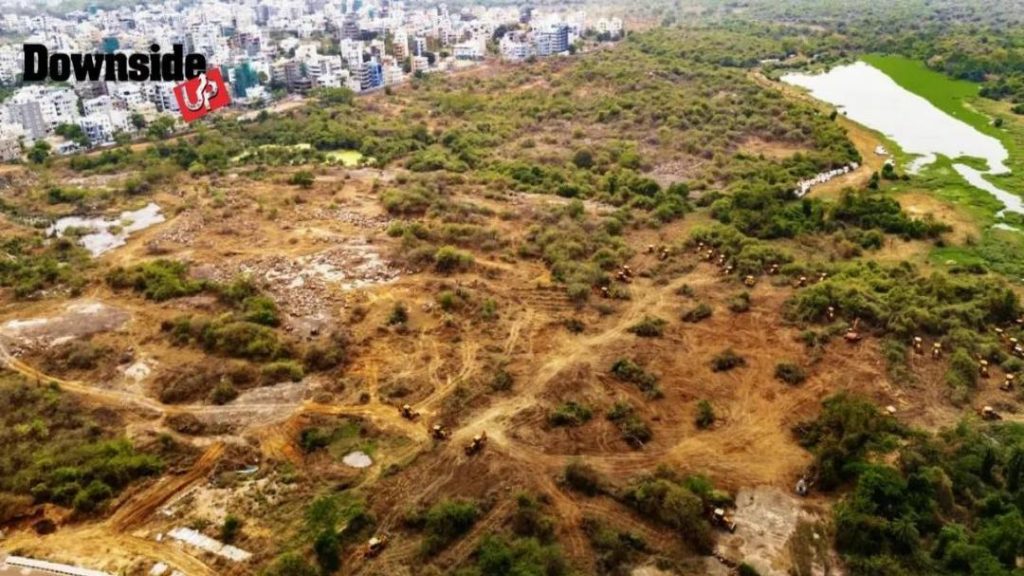
As Hyderabad Faces Green Woes, Telangana Needs Its Own Amaravati
As the city of Hyderabad continues to grapple with the challenges of rapid urbanization, it is essential to recognize that a one-size-fits-all approach to city development is not sustainable. The city’s environmental woes, including air and water pollution, traffic congestion, and a lack of green spaces, are all symptoms of a deeper issue – the need for a more holistic and inclusive approach to urban planning.
In recent years, Telangana has seen significant urbanization, with Hyderabad emerging as a major commercial and industrial hub. However, this growth has come at a cost, with the city’s infrastructure and environment struggling to keep pace. The city’s population is projected to grow by another 3 million by 2025, putting further pressure on its already-congested roads, water supply, and green spaces.
Rather than continuing to rely on the same old approaches to urban development, it is time for Telangana to think outside the box and consider alternative solutions. One such solution could be the development of new cities, modelled after Amaravati, the capital city of Andhra Pradesh.
Amaravati, a city designed from scratch, is a shining example of what can be achieved when urban planning is done thoughtfully and sustainably. The city is designed with green spaces and modern infrastructure, and is expected to be a hub for innovation and entrepreneurship.
Similarly, Telangana could benefit from developing its own Amaravati-style city, one that is designed to be sustainable, inclusive, and environmentally-friendly. By doing so, the state would be able to decongest Hyderabad, while also providing new opportunities for economic growth and development.
But where should this new city be located? One possible answer lies along the banks of the Godavari river, which runs through the heart of Telangana. Towns such as Mancherial and Bhadrachalam, which are already popular pilgrimage destinations, could be developed into thriving cities.
Mancherial, for example, is strategically located near the Godavari river, and already has a significant industrial presence. With some careful planning and investment, it could be transformed into a major hub for industry and commerce.
Bhadrachalam, on the other hand, is a sleepy pilgrimage town that is home to the famous Bhadrachalam temple. While it may seem like an unlikely location for a major city, Bhadrachalam has the potential to be developed into a major tourist destination, thanks to its rich cultural heritage and natural beauty.
By developing these towns into major cities, Telangana would be able to achieve several goals at once. It would be able to decongest Hyderabad, while also creating new opportunities for economic growth and development. Additionally, it would be able to promote sustainable urban planning and environmentally-friendly development, which is essential for the state’s long-term prosperity.
Of course, developing a new city is no easy task. It would require significant investment and planning, as well as the cooperation of local communities and stakeholders. However, the benefits would be well worth the effort.
In conclusion, Telangana needs its own Amaravati, a city that is designed to be sustainable, inclusive, and environmentally-friendly. Rather than continuing to rely on the same old approaches to urban development, it is time for the state to think outside the box and consider alternative solutions. By developing new cities along the banks of the Godavari river, Telangana would be able to decongest Hyderabad, while also creating new opportunities for economic growth and development.
As the state continues to grapple with the challenges of rapid urbanization, it is essential to remember that there is no one-size-fits-all solution to urban development. By working together and thinking creatively, Telangana can build a more sustainable and prosperous future for its citizens.






